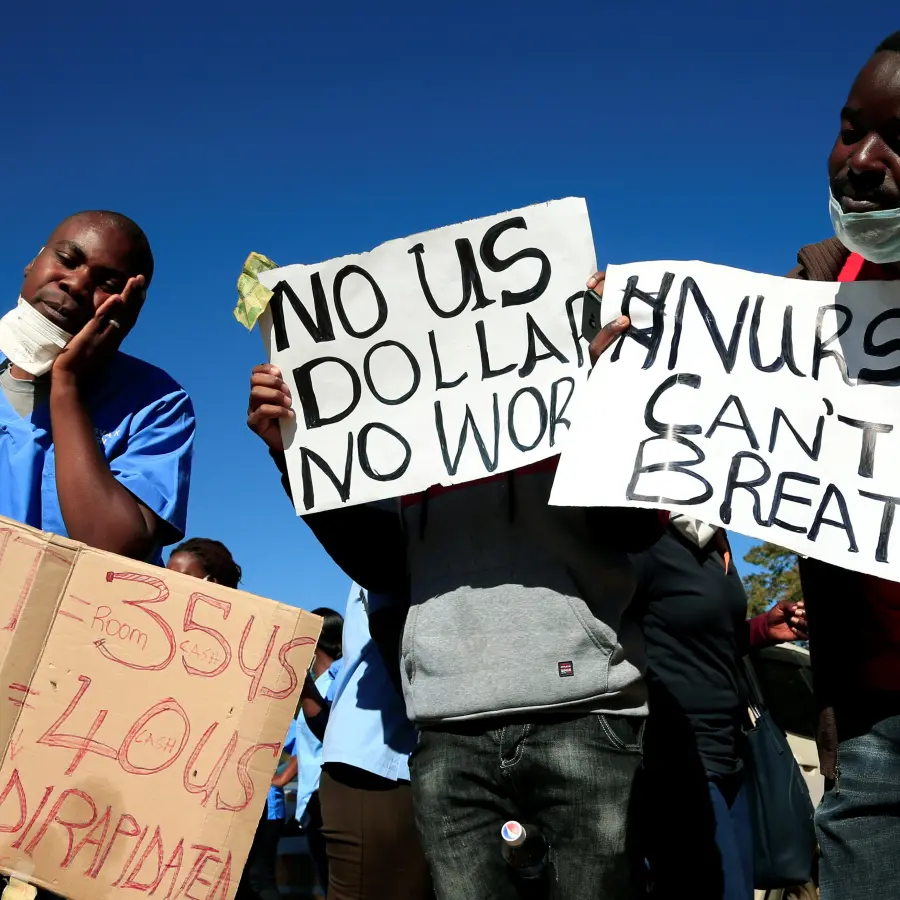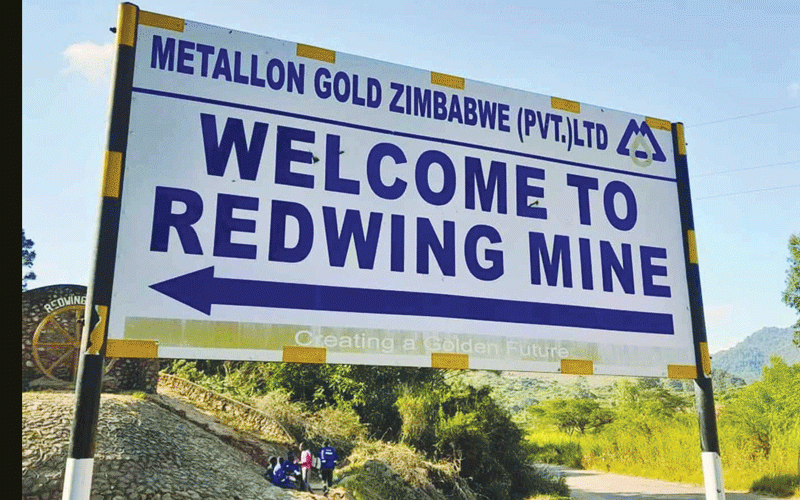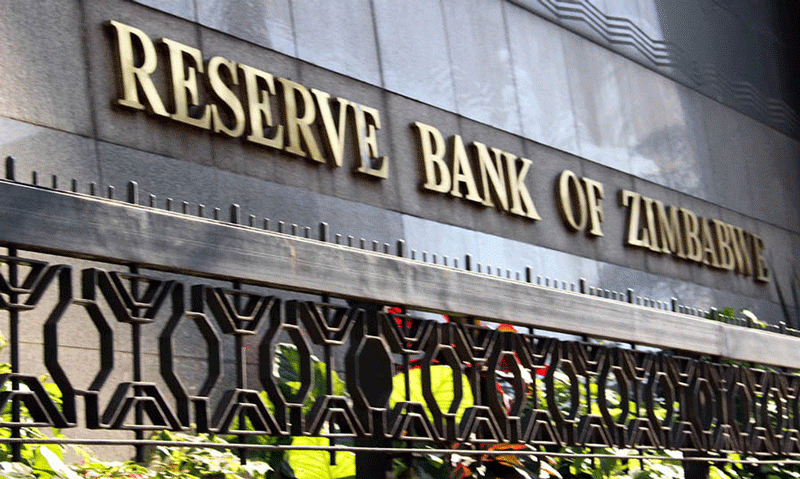
Victor Bhoroma Zimbabwe’s annual consumer price inflation jumped to 131,7% in May of 2022, from 96,4% in April. It is the highest inflation rate since May 2021. Month-on-month (MoM) inflation has increased from 5,3% recorded in January to 21% in May 2022.
The mean MoM inflation rate for 2022 (January to May) was 11%, up from 4% recorded from January to December 2021. Inflation is expected to increase beyond 160% for June as prices skyrocket on the back of global pressures such as commodity price increases caused by the Ukraine-Russia war, domestic money supply growth and deteriorating market confidence in government policies.
The market is slowly adjusting to prices being indexed exclusively on the US dollar on selected consumer goods as the country heads towards the 2023 general elections. Businesses have already taken positions to protect their investments from the likely impact of rampant money printing expected in the next 12 months where agriculture subsidies, infrastructure projects and off budget financing will play a key role in the election campaign season.
Increase in cost of living
According to the Consumer Council of Zimbabwe (CCZ), the cost of living for a family of six surged 36% to ZW$133 171,20 in May 2022 from ZW$98 279,13 in April 2022. Thus, the cost of living equated to US$325 if the widely used free-market exchange rate was used then. The Zimbabwe National Statistics Agency (ZimStat) pointed out that the Total Consumption Poverty Line (TCPL) for one person stood at $14 041 in May, up from $11 363 in April 2022.
This means that an individual required that much to purchase both non-food and food items in May 2022 in order not to be deemed poor. Therefore, a family of six required ZW$84 246 (US$200 then) to survive and not to be deemed poor in Zimbabwe. The government recently reviewed fuel prices to US$1,73 for petrol and US$1,76 for diesel, while prices for electricity, bank charges, council rates, road toll fees, internet, school fees and insurance premiums have also skyrocketed.
Paralysis in public service delivery
Poor salaries and deteriorating conditions of service have paralysed public service delivery in Zimbabwe, rendering corruption an art of survival.
- Chamisa under fire over US$120K donation
- Mavhunga puts DeMbare into Chibuku quarterfinals
- Pension funds bet on Cabora Bassa oilfields
- Councils defy govt fire tender directive
Keep Reading
Healthcare professionals (nurses, doctors, pharmacists, radiologists, and other medical specialists) are the latest to down tools over incapacitation, following similar moves by teachers and university lecturers. Workers from selected state entities and councils have also been engaging in industrial action to force the government to review salaries.
Teachers and health professionals have vowed to go ahead with their industrial action after turning down a 100% salary hike offered by government. The salary review would have resulted in the lowest paid worker taking home $36 000 (Roughly US$56 on the grey market) from $18 000 (US$28) with effect from next month.
Civil servants also get a Covid-19 allowance of US$175 on top of their salaries. The government last reviewed salaries in February 2022 when annual inflation was at 60,6%. Since then, the Zimbabwe dollar has lost more than 75% of its value on the official currency market and inflation has reeled back to triple digits. This means that most civil servants and a majority of the workforce in Zimbabwe are living in abject poverty.
Despite the rapid depreciation of the domestic currency and statistics, the government recently gazetted shocking minimum wage statutes. According to Statutory Instrument (SI) 101 of 2022, the minimum wage in Zimbabwe will be ZW$10 000 (US$15) per month, ZWL$2 500 weekly, ZW$454,50 daily and ZW$50,50 hourly. These wages apply to domestic workers and gardeners even though it is a public secret that most domestic workers are remunerated in US dollars due to unskilled labour shortages.
Impact of twin man-made evils
At the heart of Zimbabwe’s perennial problems are twin evils which are man-made (policy induced, deliberate and controllable).
These are the unrelenting growth in money supply and an inefficient foreign exchange market where the central bank insists on pegging foreign exchange prices and allocating foreign currency to importers of various commodities in the economy.
After two years of manipulating exchange rates on the auction system, the government recently announced that the willing-buyer-willing-seller (WBWS) rate is now the official reference rate in the economy, paving the way for the phasing out of the allocation system.
The phasing out may take time as the auction is serving various political and economic objectives. Between March and April, broad money supply grew by ZW$82 billion, taking the total amount of broad money circulating in the economy to ZW$671,37 billion. Each month, broad money is growing at over 100% year-on-year.
The growth in money supply partly emanates from the central bank quasi-fiscal operations, export retention credits and other financing programmes which have the effect of increasing pressure on foreign currency.
Similarly, the increase in inflation, supported by negative interest rates creates an incentive for corporates to borrow heavily in local currency for repayment in future.
Thus, a manipulated auction system became a conduit used to source cheap foreign currency. The worsening foreign exchange rate leaves most citizens and households exposed as rentals and foodstuffs are not indexed on a manipulated central bank rate.
To preserve value, people must buy foreign currency on the open market.
Effect on farmers’ livelihoods
The majority of farmers in the country are wallowing in abject poverty because of unviable producer prices, delays in payments and the negative impact of legislation on access to markets.
This year, maize farmers have resisted government efforts to force them to deliver contracted maize to the Grain Marketing Board (GMB) at subeconomic producer prices.
The Zimbabwean government recently reviewed upwards pre-planting producer prices for maize, traditional grains, soya beans and sunflower in line with inflation and the need to improve supply in the market.
The new floor prices for maize and traditional grains are ZW$75 000 (US$115) per metric-tonne (MT), ZW$175 742 (US$270)/MT for wheat and ZW$171 495 ($265)/MT for soya beans are below market prices. The exchange rate remains one of the key constraints faced by farmers who buy inputs and incur costs in foreign currency (or in ZW dollar prices indexed on the parallel market rates).
Cotton, maize, soya, wheat and traditional grain farmers are compelled to work with producer prices set by the government in local currency even though the government promised to pay 30% in foreign currency for delivered maize this year. The effect of inflation means that viability in farming is compromised by late payments and side marketing of strategic crops to middlemen will remain rife. Lack of veterinary services has also led to increased livestock deaths. Some farmers have failed to recover from livestock losses.
Growing cases of extreme poverty
The World Bank Economic Update on Zimbabwe released in June 2021 contains some worrying trends on the increase in extreme poverty in the country. The report points that the number of extremely poor reached 7,9 million.
The Covid-19 pandemic added more than 1,3 million people to extreme poverty in an environment where persistent droughts (effects of climate change), high levels of inflation and economic instability have devastated many livelihoods. The World Bank classifies the extremely poor as people living on less than US$1,90 a day (less than US$57/month).
According to ZimStat, extreme poverty in Zimbabwe has been rising over the past three years, growing from 29% in 2018 to 34% in 2019, 49% in 2020 and 43% in 2021.This means that at least 2,2 million Zimbabweans have sunk into poverty since the government came into office.
Harare is one of the biggest contributors to poverty statistics in Sub-Saharan Africa, a situation exacerbated by the fact that most of the countries with high cases of poverty are characterised by conflict, civil wars, or unrest.
The depreciating local currency has made life unbearable for workers and households as the price increases for basic goods and services cannot match income adjustments from salaries and other sources such as informal trade.
The situation is dire in urban areas. The Zimbabwe Vulnerability Assessment Committee reported that nearly 83% of urban households are now struggling to buy the food they need for their families.
They are unable to buy basics such as bread, mealie meal, meat, and cooking oil. The groups at risk are the chronically ill, women, school children, youth, farmers and semi-skilled workers (formal and informal sector).
Addressing currency inconsistencies, money supply growth, interest rates and the foreign exchange market have become critical to livelihoods in the country. Productivity, employment, consumer confidence and demand, credit and public service delivery have all been negatively impacted by inflation.
Overall, government policies divorced from eradicating the rising cases of extreme poverty can only help entrench it. If no action is taken in the short-to-medium term on addressing extreme poverty, Zimbabwe will witness an astronomic rise in criminal activities, a culture of looting public resources and other social vices that will take ages to fix.
- Bhoroma is an economic analyst and holds an MBA from the University of Zimbabwe. — [email protected] or Twitter: @VictorBhoroma1.











